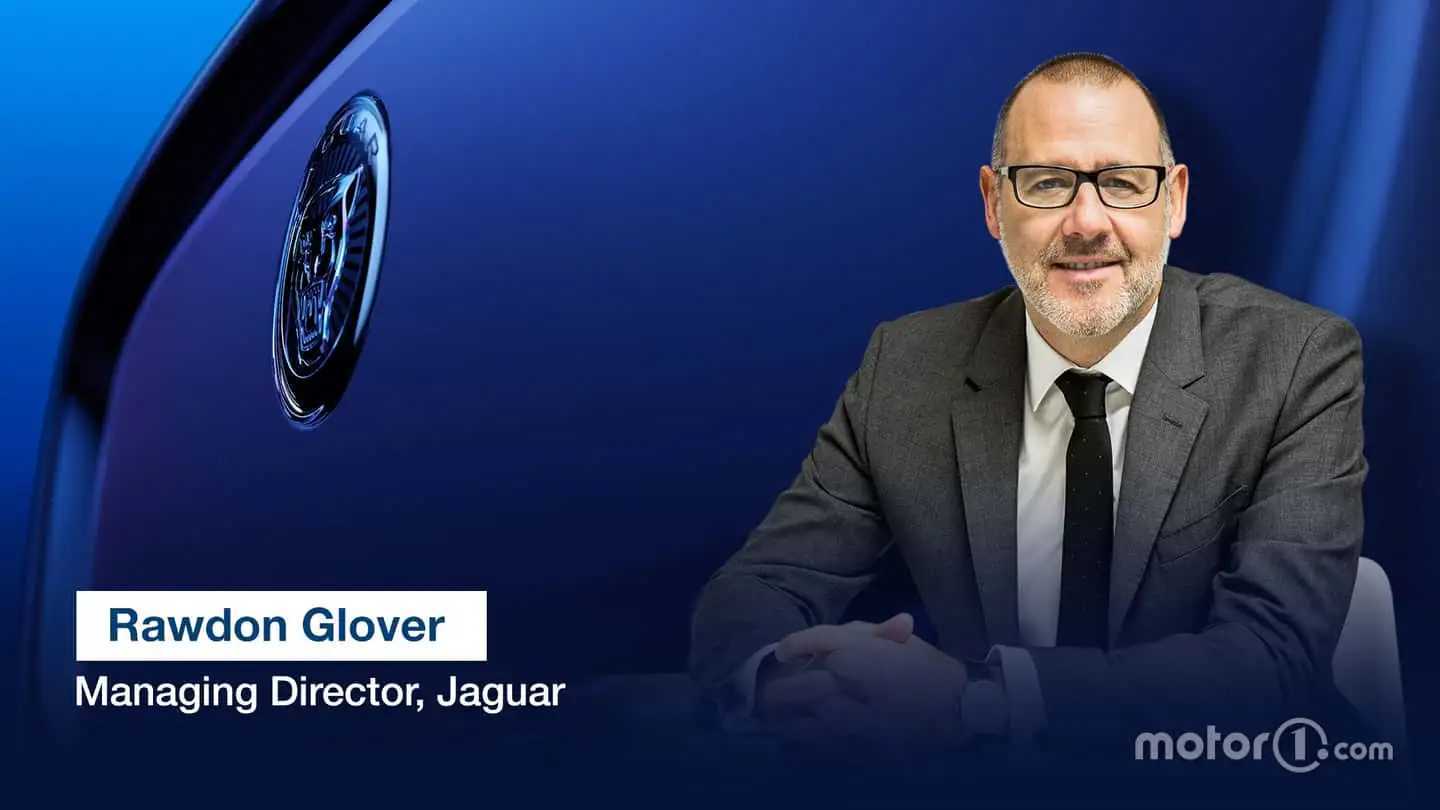By: Alessandro Lago
Published by: Brian Potter
Jaguar has officially initiated the process of “managed extinction” of its vehicles. All the models we know, from the F-Type to the E-Pace to the F-Pace, will no longer be produced and will not be replaced. This is an unprecedented industrial and commercial changeover, but one that is intended to voluntarily reposition the brand in line with the JLR Group’s plans.
From 2025, Jaguar models will indeed become something completely different. The cars will be bigger, more exclusive and more expensive, with prices in the region of £100,000 or £110,000. There will only be three models, and the first will be a GT saloon over five metres long. The cars will be exclusively electric and have a range of around 435 miles, but those who buy them will not do so for this reason, but “because of the emotions they arouse”.
 These are the words of Rawdon Glover, head of the Jaguar brand, who explained the reasons and ambitions for this revolution during a round table discussion with the press on the sidelines of the Goodwood Festival of Speed 2024. He believes that the market for electric vehicles today is flattened by technical requirements that force similar designs because they are developed with aerodynamics in mind.
These are the words of Rawdon Glover, head of the Jaguar brand, who explained the reasons and ambitions for this revolution during a round table discussion with the press on the sidelines of the Goodwood Festival of Speed 2024. He believes that the market for electric vehicles today is flattened by technical requirements that force similar designs because they are developed with aerodynamics in mind.
“I don’t think there are many distinctive electric vehicles out there today,” says Glover, “and we have an opportunity to create something that is desirable first and foremost and makes people say, ‘Wow, that’s incredible! The philosophy should take its cue from the past, particularly that of company founder William Lyons, who maintained that Jaguar is at its best when it “copies nothing”, leading to the creation of icons such as the D-Type, E-Type and, more recently, the XJ220 hypercar.
But let’s see Rawdon Glover’s answers.
At company level, we have other brands and other platforms. All of that will change depending on market trends, but in terms of overall strategy, that’s what it will be. Again, with any platform, it’s a long-term game. You need around six years to bring new models to market and then you have a nine-year cycle.
So if you go for it, you’re making a 15-year commitment to the platform. It’s very difficult to walk away from that. For me, that’s the future, whether it comes as quickly as we thought or whether it comes a bit later. But there is no way we can put in a hybrid engine or a petrol engine. We can’t go back.
But couldn’t flexible, so-called multi-energy platforms be developed?
They are much more expensive. Flexibility has its price. So I’m not sure it’s so easy to say: “We should have chosen a flexible platform”, because in reality we would have taken a completely different route in terms of vehicle design and proportions. There are pros and cons.
Leave a Reply